Security cameras are a vital part of modern home and business protection, offering peace of mind by keeping an eye on your property when you’re away. With a wide range of options—from indoor Wi-Fi cameras to outdoor weatherproof models—choosing the perfect one can be challenging. The key is to align the camera’s features with your specific needs, whether you want to monitor your baby’s nursery, keep an eye on your front door, or secure a large commercial space. This guide breaks down the essential factors to consider, ensuring you select a security camera that provides the protection you require.
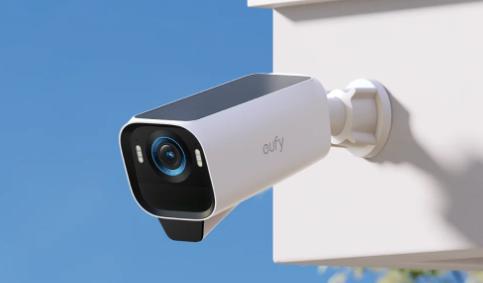
Determine Your Usage Scenario
The first step in choosing a security camera is identifying where and how you plan to use it. Different scenarios demand different camera types and features.
Indoor vs. Outdoor Use
Indoor security cameras are typically smaller, less rugged, and designed for monitoring inside your home or office. They’re ideal for keeping an eye on pets, children, or employees. Look for models with compact designs that blend into your decor, and consider features like two-way audio to communicate with people in the room. Outdoor cameras, on the other hand, need to withstand harsh weather conditions—rain, snow, extreme temperatures. Opt for cameras with an IP65 or higher weather resistance rating, which means they’re dust-tight and can handle low-pressure water jets. They should also have durable housing to resist vandalism, such as metal casings. Additionally, outdoor cameras often require stronger night vision due to larger monitoring areas.
Monitoring Range and Coverage
The area you need to monitor determines the camera’s field of view and placement. For small spaces like a bedroom, a camera with a 90-120 degree field of view is sufficient. For larger areas such as a living room or a backyard, a wide-angle lens (130 degrees or more) or a pan-tilt-zoom (PTZ) camera is better, as it can cover more ground. PTZ cameras allow you to remotely adjust the angle and zoom in on specific areas, which is useful for tracking movement. If you need to monitor a long driveway or a large perimeter, consider bullet cameras with a narrow, focused lens that can capture details at a distance. For 360-degree coverage, you may need multiple cameras strategically placed to avoid blind spots.
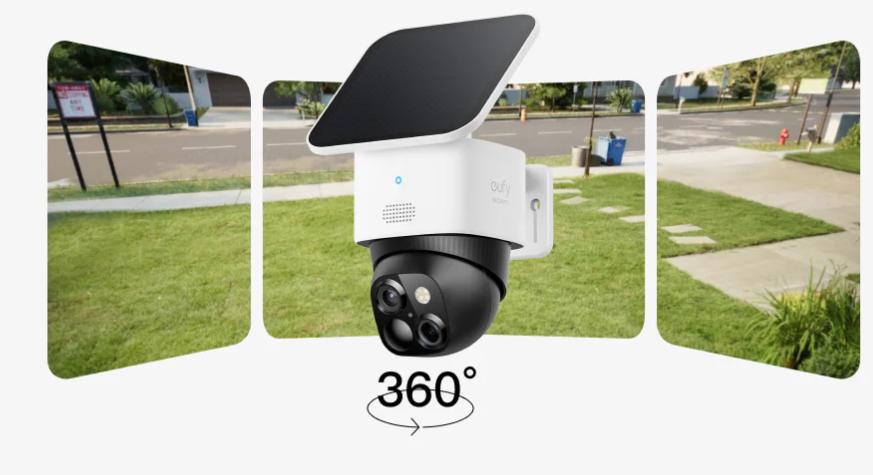
Evaluate Core Features
The core features of a security camera directly impact its performance and effectiveness in providing security.
Resolution and Image Quality
Resolution is a key factor in how clearly you can see details in the footage. Higher resolution means sharper images, which is crucial for identifying faces, license plates, or other important information. 1080p (Full HD) is the minimum recommended for most scenarios, as it provides clear enough footage for basic identification. If you need more detail, such as recognizing a person’s facial features from a distance, 4K resolution is a better choice, though it requires more storage space and a stronger internet connection. Additionally, consider cameras with high dynamic range (HDR) technology, which balances bright and dark areas in the image, ensuring clear footage even in high-contrast situations like direct sunlight or dimly lit rooms.
Night Vision and Motion Detection
Night vision is essential for 24/7 monitoring, as many security incidents occur after dark. Look for cameras with infrared (IR) night vision, which can illuminate areas in complete darkness. The range of night vision is important—indoor cameras may need 20-30 feet, while outdoor cameras should have at least 50-100 feet to cover large yards. Motion detection alerts you when activity is detected, but false alarms (from moving trees, animals, or passing cars) can be annoying. Choose cameras with adjustable motion sensitivity settings, allowing you to reduce false alerts by setting specific zones to monitor. Some advanced cameras use artificial intelligence (AI) to distinguish between humans, animals, and vehicles, sending alerts only for relevant activity, which saves you from unnecessary notifications.
Consider Additional Functions and Setup
Beyond the core features, additional functions and the ease of setup and use can enhance the overall experience of using a security camera.
Connectivity and Storage Options
Security cameras can be wired or wireless. Wired cameras (connected via Ethernet or coaxial cable) offer a stable connection and don’t rely on batteries, making them suitable for permanent installations. However, they require professional installation and are less flexible in placement. Wireless cameras connect via Wi-Fi, offering easy installation and flexible placement, but they depend on a strong Wi-Fi signal and may need battery replacements or recharging. For storage, you have two main options: local storage (using an SD card or a network video recorder, NVR) and cloud storage. Local storage gives you control over your footage and avoids monthly fees, but the storage capacity is limited. Cloud storage allows you to access footage remotely from anywhere, and many services offer free plans with limited storage or paid plans with more space and additional features like video editing and sharing.
Smart Integration and User-Friendliness
Smart integration allows your security camera to work with other smart devices, enhancing your home security system. Look for cameras that are compatible with smart home platforms like Amazon Alexa, Google Assistant, or Apple HomeKit. This enables you to control the camera with voice commands, view footage on smart displays, or set up automation—for example, turning on lights when motion is detected. User-friendliness is also important. The camera should come with an easy-to-use mobile app that allows you to view live footage, adjust settings, and receive alerts. Setup should be straightforward, with clear instructions—many modern cameras offer plug-and-play installation, where you connect them to Wi-Fi via the app in minutes. Consider cameras with two-way audio, which allow you to communicate through the camera, useful for talking to delivery drivers or scaring off intruders.
Conclusion
Selecting the perfect security camera requires considering your specific usage scenario, evaluating core features like resolution and night vision, and looking at additional functions such as connectivity and smart integration. By matching the camera’s capabilities to your needs—whether it’s monitoring a small indoor space or a large outdoor area—you can ensure effective security. A well-chosen security camera not only protects your property but also gives you the confidence and peace of mind to go about your daily life, knowing that your home or business is being watched over.

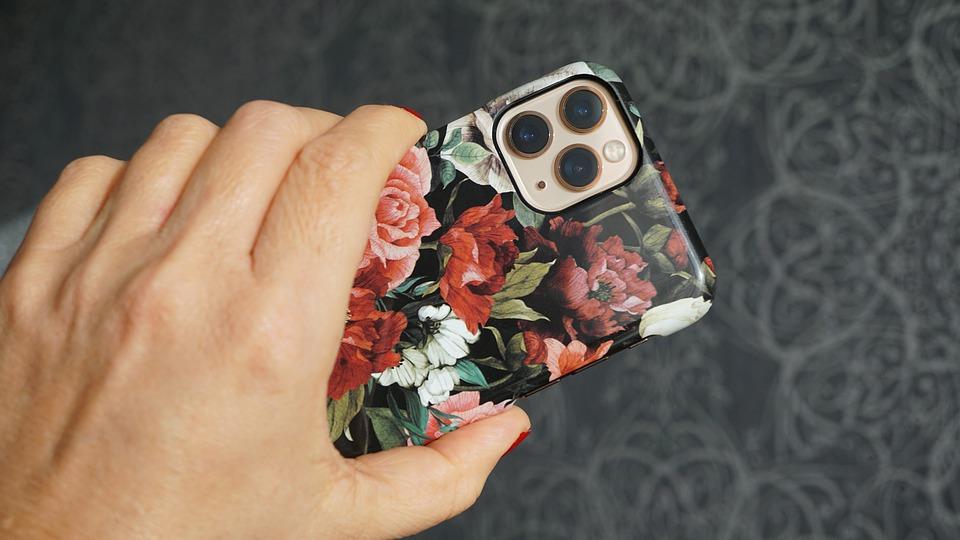
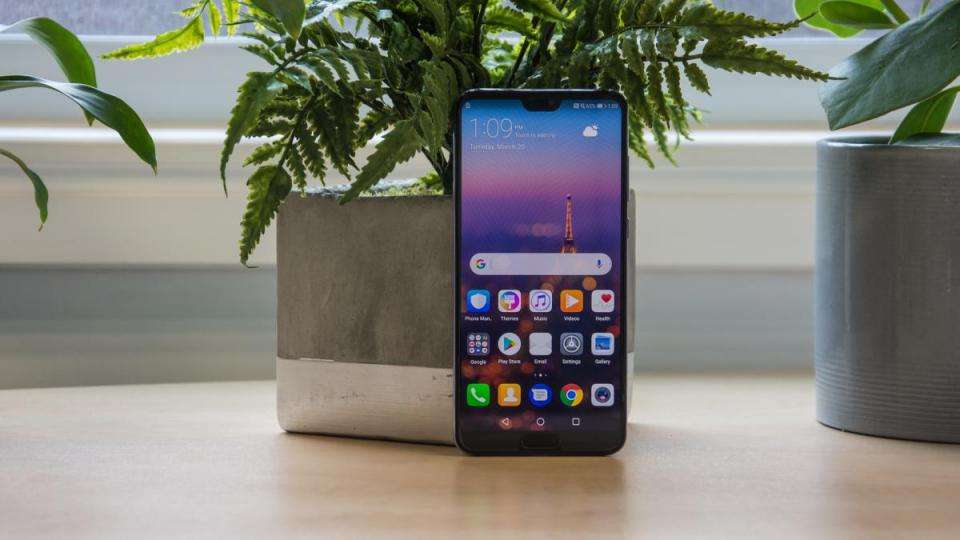
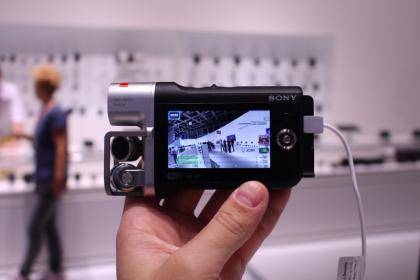


Leave a Reply